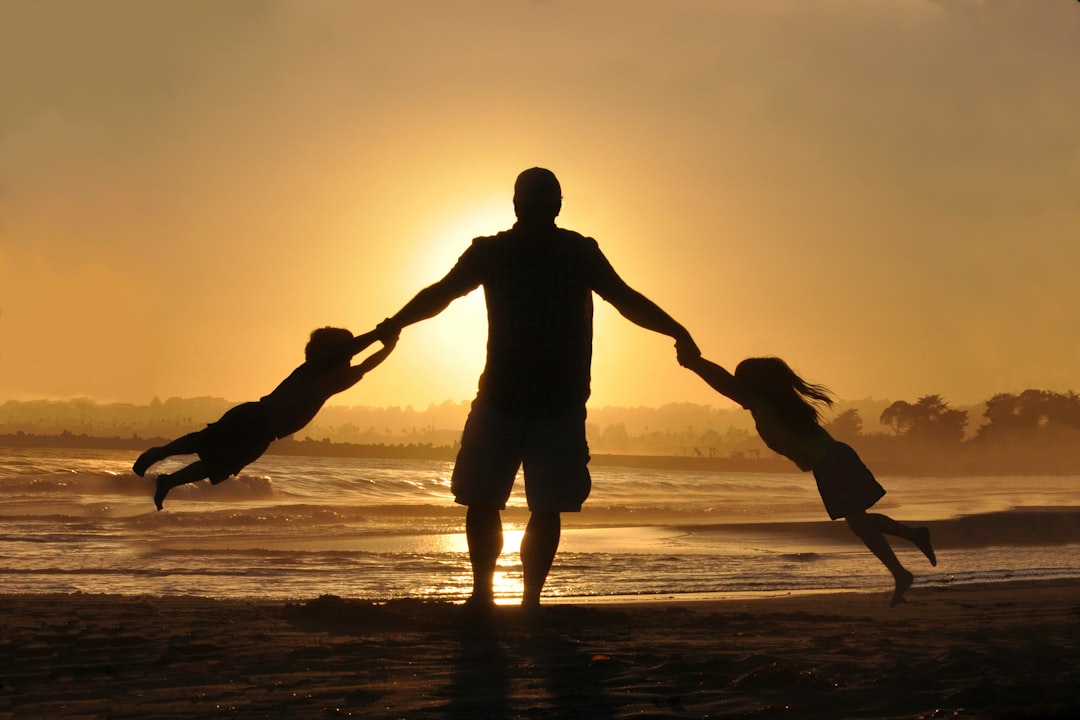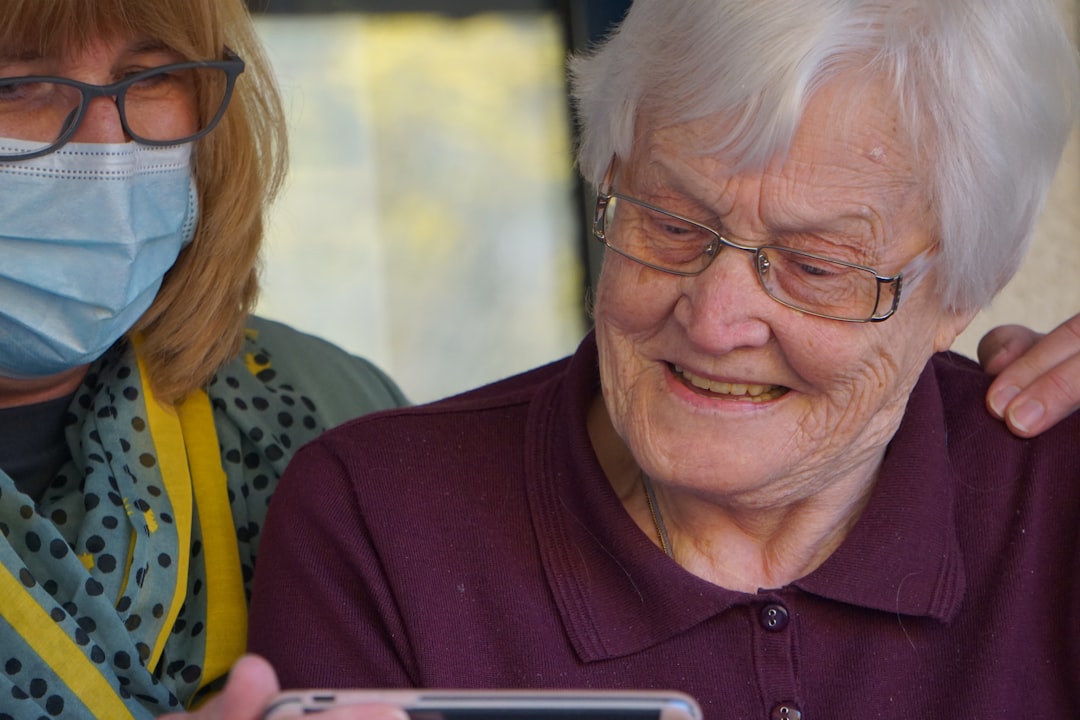What is it about?
Looking at the dream content of Canadian university students to determine whether the COVID-19 situation and the waking day stress and anxiety resulting from the situation affected their dream imagery. Findings supported the hypotheses that participants would report dreams that included increased amounts of animal imagery and scene changes, which are indicative of waking day anxiety; and virus related imagery. Findings support the continuity hypothesis, showing that aspects of waking life are reflected in dreams, and suggest that thoughts or concerns about illness can affect dream imagery regardless of whether the individual has the illness.
Featured Image

Photo by Fusion Medical Animation on Unsplash
Why is it important?
The study shows the characteristics of Canadian dreams at the onset of the Canadian experience with COVID-19 and demonstrates that their dreams differed from a control group. This indicates that the COVID-19 situation impacted participant's dream content, despite still being early in the Canadian experience with COVID-19 and despite including participants who had not tested positive for COVID-19.
Perspectives
I had been collecting data during this time, intending to use it for a different topic in dream psychology. It was a coincidence that I was able to collect dream data and analyze in in connection to the COVID-19 situation. This allowed the study to discuss individual's dreams at a very unique time in the pandemic.
Cassidy MacKay
Trent University
Read the Original
This page is a summary of: Pandemic dreaming: The effect of COVID-19 on dream imagery, a pilot study., Dreaming, September 2020, American Psychological Association (APA),
DOI: 10.1037/drm0000148.
You can read the full text:
Contributors
The following have contributed to this page










